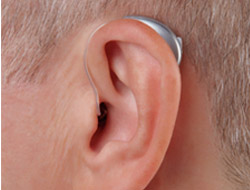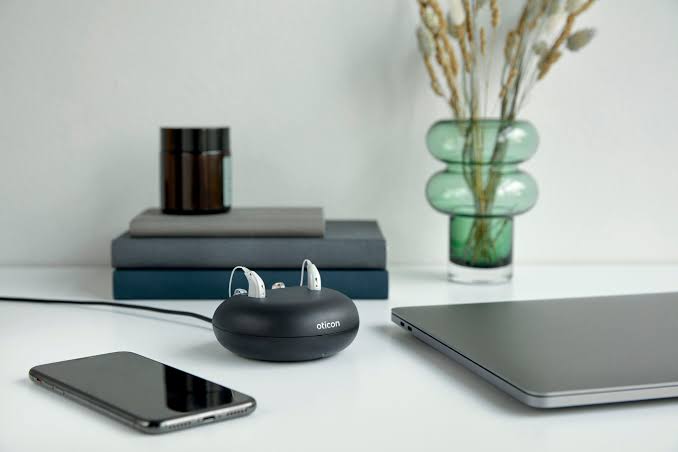Monday-Saturday 10.00 am To 8.00 pm, Lunch Hour 1.30 am To 2.30 pm
-
auriclehearing@gmail.com -
Call Now
+ (91) - 95000 90756 -
Whatsapp Now
Click to chat
hearing aids
HEARING AIDS
Significant advancements in technology have made most hearing aids small and relatively unnoticeable. However if cosmetics are a major concern, you must remember that the smallest hearing aids do not provide as much power as other models meaning they might not work for your level of hearing loss. Work only with a reputable clinician to determine the best hearing aid size to fit your needs, and do not feel pressured to buy the smallest device.
- Types Of Hearing Aids
- Brand
- Technology
- Price Range
- Financing Options
Types Of Hearing Aids







TECHNOLOGY
Analog hearing aids make continuous sound waves louder. These hearing aids essentially amplify all sounds (e.g., speech and noise) in the same way. Some analog hearing aids are programmable. As the listening environment changes, hearing aid settings may be changed manually by pushing a button on the hearing aid. Analog hearing aids are becoming less and less common.
For giving you the most natural hearing experience, hearing aids are now equipped with digital technology with most advanced features. Each ones hearing is unique! Digital hearing aids allow programming to suit your hearing loss and comfort.
Digital hearing aids have all the features of analog programmable aids, but they convert sound waves into digital signals and produce an exact duplication of sound. Computer chips in digital hearing aids analyze speech and other environmental sounds. The digital hearing aids allow for more complex processing of sound during the amplification process which may improve their performance in different situations (for example, background noise and whistle reduction). They also have greater flexibility in hearing aid programming so that the sound they transmit can be matched to the needs for a specific pattern of hearing loss. Digital hearing aids also provide multiple program memories. Most individuals who seek hearing help are offered a choice of only digital technology these days.
Not only loudness, hearing aids help us to understand speech better also in presence of background noise with the help of different features eg:directional microphones and automaticity.


PRICE RANGE
The best hearing aid price does not mean the best offer. It means the service and maintenance afterwards and service from a most knowledgeable professional. One of the benefits of purchasing from a professional clinician is the troubleshooting and maintenance are handled well.
Based on the technology the price range of the hearing aids vary from several thousands to lakhs. The technology chosen depends upon your hearing needs and life style. We suggest the below recommendations for different lifestyle.
FINANCING OPTIONS
We Accept Credit Cards, Debit Cards UPI And Cheques For The Purchase Of Hearing Aids. EMI Option Also Will Be Provided.
USE KOTAK/SBI CREDIT CARD/DEBIT CARD GET 3% CASH BACK OFFER ON HEARING AID PURCHASES(conditions apply)







